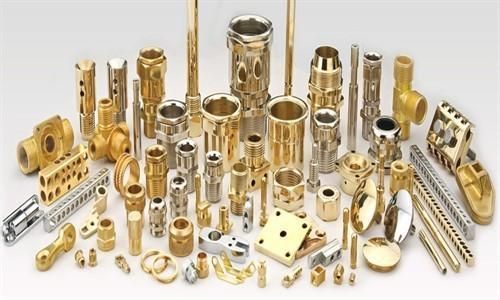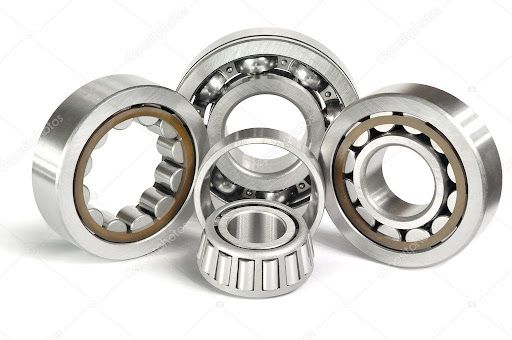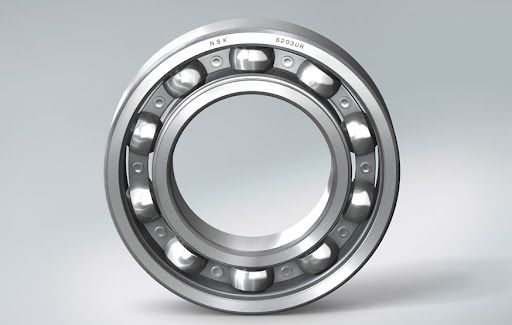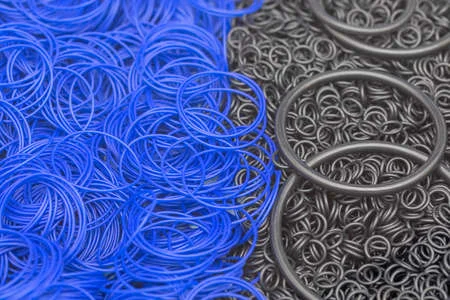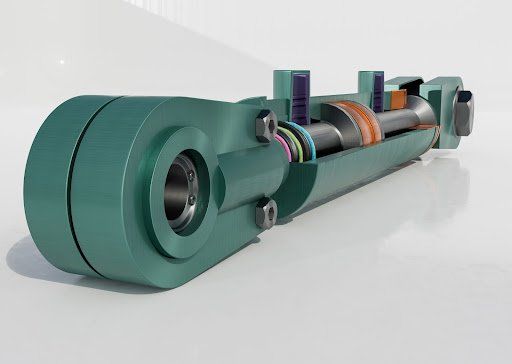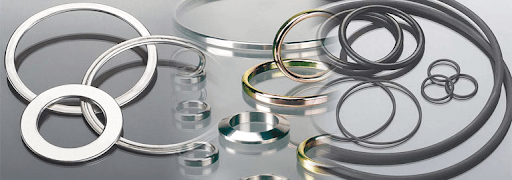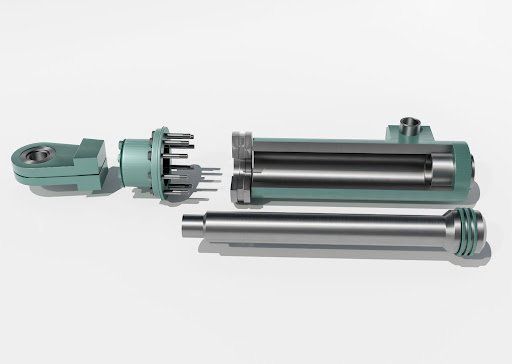Avoid Over-Lubricating Your Bearings
Avoid Over-Lubricating Your Bearings
We’ve covered the importance of lubrication in many previous posts and stressed how proper lubrication could extend the life of your bearings, prevent damaging your stainless steel fasteners, as well as how lubricant is an essential component when installing seals. What we often fail to consider is what happens when bearings are over-lubricated. Many people may believe that it’s impossible to use too much lubricant but, as with most things in life, moderation is the key to optimum functionality.
Using too much grease to lubricate your bearings can lead to severe complications within your machinery. During operation, the build-up of grease in the bearing cavity can start to churn. If grease is churned enough, it can suffer rapid oxidation (chemical degradation) as it begins to lose its base oil, becoming increasingly thicker and less lubricating. This thickened grease can also be pushed out of the cavity all together and distributed all over the windings from the rotor assembly.
With little to no lubrication, operating temperatures will increase, leading to collapsed seals, bearing failure and energy loss. The excess heat can eventually ‘cook’ the remaining grease, causing it to thicken into a hard, crusty solid that is difficult to remove, blocking any new grease from reaching the core of the bearings and speeding up wear of the rolling elements. In short, the true danger of over-lubricating your bearing is total machine failure and costly equipment downtime.
Another negative result of over-lubricating is the increase in pressure. Lip seals tend to fail around 500psi, so any additional pressure from the grease-gun (which can produce up to 15 000psi) will cause the lip seals to rupture, allowing contaminants to enter the bearing housing. An increase in pressure can also cause the hard, crusty grease to break apart, sending it directly into the bearing track, leading to accelerated wear and ultimately, overall failure.
Fortunately, over-lubricating is fairly easy to avoid. If you have an established maintenance plan in place and utilise the calculations to determine the correct amount of grease to use and how often to apply it, you shouldn’t have a problem. The formula for calculating the volume of grease applicable to the size of the bearing is as follows:
G (grease amount in ounces) = 0.114 x D (bore diameter in inches) x B (bearing width in inches)
- Stop greasing when you feel unusual back pressure.
- Regularly clean out the exhaust ports to ensure that there are no blockages.
- Clean the areas around the fill and relief fittings.
- Consider installing grease-guns with pressure gauges.
- Pump grease with slow, short bursts into the bearings.
- Avoid using a quick-lever action as this can cause seal damage.
- Run the motor during and after greasing to expel excess grease.
If you’re still not confident that you’ve followed the formula correctly or if you need assistance with establishing a successful maintenance plan, always contact a professional for assistance. At Bearing Centre, we offer a range of on-site services and training courses to ensure you’re getting the maximum efficiency from your machinery, as well as your business.
We combine our years of expertise with exceptional customer service and the highest quality products. All this assures you of the best experience from start to finish.
Bearing Centre, Blantyre, Southern Region, Malawi, Africa - 312200
Website by Visionar
Subscribe to our newsletter
We will get back to you as soon as possible
Please try again later

